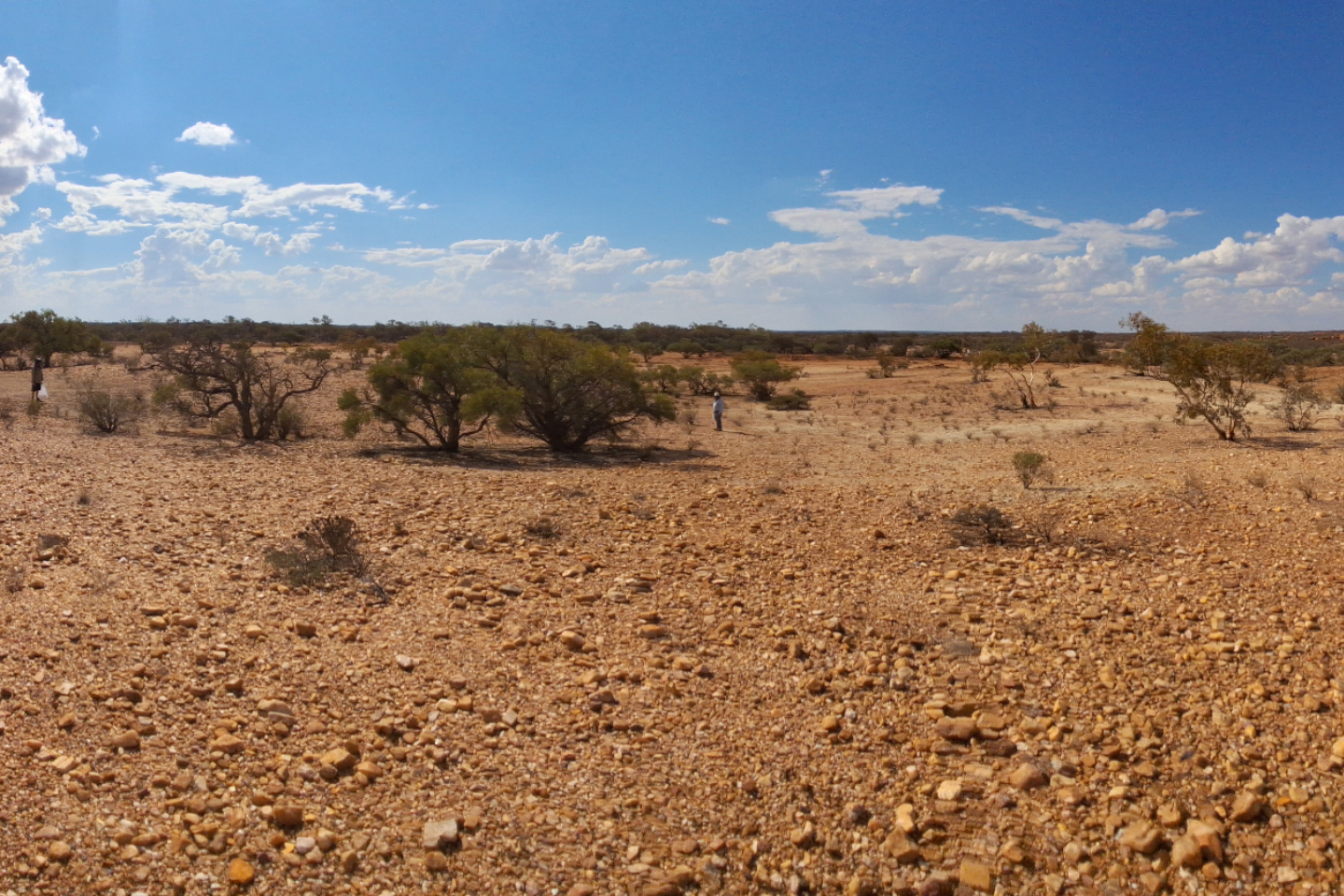Reach Resources has stepped closer to unlocking the exploration potential of its Wabli Creek rare earths project in Western Australia’s Gascoyne region after scheduling a crucial Aboriginal heritage survey. The company today confirmed it would be meeting next month with the local Burringurrah Aboriginal Corporation in a bid to gain clearance for its long-awaited maiden drilling program that could launch as soon as next quarter.

Reach Resources has stepped closer to unlocking the exploration potential of its Wabli Creek rare earths project in Western Australia’s Gascoyne region after scheduling a crucial Aboriginal heritage survey.
The company today confirmed it would be meeting next month with the Burringurrah Aboriginal Corporation and the local Wajarri people in a bid to gain clearance for its long-awaited maiden drilling program that could launch as soon as next quarter. The campaign will be designed to test rock chip pegmatite targets shown to be running a healthy 17.65 per cent niobium pentoxide.
The Wabli Creek project has been identified to host to rare earths pegmatite swarms. Reach says it has already defined more than 1.5km of the rare niobium-yttrium-fluorine (NYF) pegmatites, in conjunction with a late-stage, ovoid-shaped, intrusive rock unit considered to be the parent source of the high-grade niobium mineralisation.
Importantly, the company gathered the rock chips straight off the bedrock considered to be the source of mineralisation for a historically-reported 32 per cent niobium pentoxide sample found just 500m away.
Reach Resources chief executive officer Jeremy Bower said: “As part of our ongoing ESG commitments, the company is really pleased to engage with the traditional owners of the land on which we explore. We look forward to completing this survey with the Wajarri people with the intent to clear targets for a potential drill program within Q3 this year.”
The company has recently transformed from a lithium explorer into a well-funded junior rare earths explorer after it executed a deal with giant neighbour Delta Lithium on its Morrissey Hill and Camel Hill lithium projects. The cash deal was worth $3.2 million to Reach, with the included upside of a further $10 million payment should certain mineral resource conditions be achieved.
Reach recently engaged Southern Geoscience to interpret the late-stage ovoid intrusive at Wabli Creek and its alkali nature. The specialist consultants from the West Perth-based company identified the intrusive as the likely parental source of the niobium enrichment within the pegmatites.
However – and perhaps more importantly to the company – the geochemistry indicated that a carbonatite association could not be ruled out as an addition to the NYF pegmatites.
googletag.cmd.push(function() { googletag.display('bn-dfp-article-lb2-advert'); });Niobium-rich carbonatites have raised plenty of attention among ASX watchers of late after WA1 Resources ran from 18c to more than $18 after it intersected a carbonatite grading 1.22 per cent niobium pentoxide. WA1 is now close to recording a $1 billion market cap on the back of a carbonatite that is regularly returning grades exceeding 4 per cent niobium pentoxide – and despite the fact that the West Arunta asset lies nearly 1000km from the nearest port.
WA1 has set an extraordinary precedent with its rare earths discovery that propelled its market cap to dizzy heights. At face value at least, Reach’s niobium grades look like they may have the wood on those produced by WA1 and its journey into a niobium-rich resource will be well worth watching.
Is your ASX-listed company doing something interesting? Contact: matt.birney@businessnews.com.au















